- Potassium is an essential nutrient that helps the heart, kidneys and muscles function.
- Most people aren’t getting enough potassium in their diets.
- Potassium-rich foods include, yes, bananas, but also watermelon and sweet potatoes.
There is a delicious, wide array of foods high in potassium out there. These nutritious options can help you maintain a healthy balance of this vital mineral in your diet.
Although it may feel at times like our body is running on coffee and fumes, there are actually a few essential nutrients to keep it going. Calcium? Check. Fiber? You got it. Vitamin D? Yes.
But your body requires potassium. Potassium is an electrolyte that supports nerve and muscle function and ensures the heart and kidneys are working properly.[1]
Bananas may be the first food that comes to mind when you think about potassium, but there are many more delicious options to choose from that pack more potassium per serving. Keep reading for a list of the best foods high in potassium.
The Importance of Potassium
As an essential nutrient, potassium is a key player in helping the body function. It regulates normal fluid levels in the cells, helps the nerves and muscles communicate (buh-bye muscle cramps) and keeps the heart ticking along, just to name a few.[2]
The relationship between potassium and high blood pressure has been thoroughly studied.[3] If potassium had a highlight reel, one of the most important benefits that would be shown is its role in keeping sodium in check. Sodium and potassium are both electrolytes, but each has a distinct function. It’s potassium’s job to remove excess sodium from the body which, in turn, reduces high blood pressure and prevents the risk of heart attack and stroke.[4]
Since your body can’t produce potassium, you must get this essential nutrient from your diet.
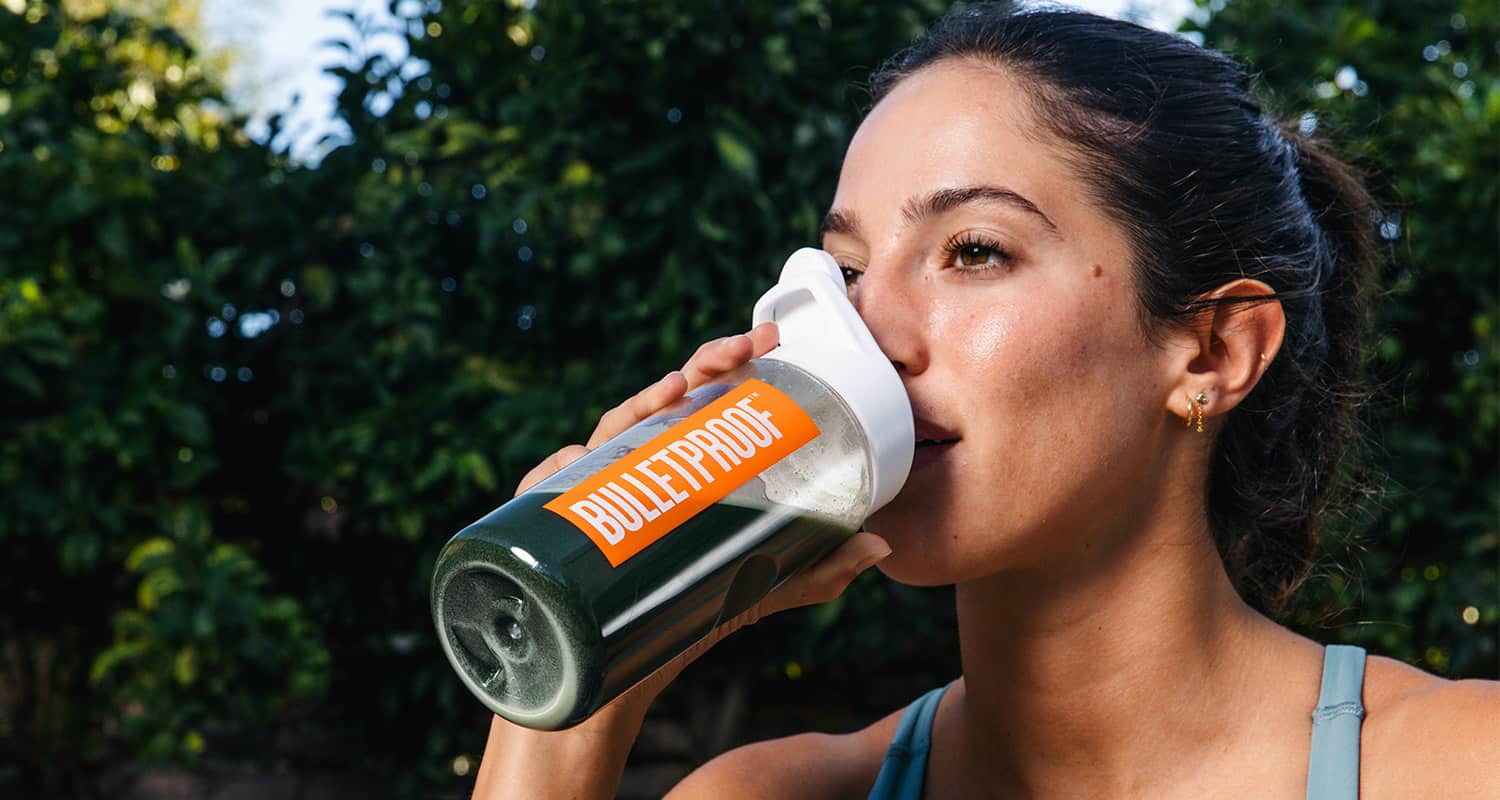
How Much Potassium Do I Need Daily?
As it stands, potassium is an under-consumed nutrient. So many people are deficient that the Dietary Guidelines for Americans raised the daily recommended intake, also known as the Daily Value (DV), to 4,700 milligrams (mg) of potassium per day for those 14 and older.[5]
This number fluctuates based on age and sex. For example, females 19 and older can get away with consuming 2,600 mg, while males 19 and older should prioritize at least 3,400 mg.
On the flip side, there is such a thing as too much potassium, especially for those with kidney problems. When the kidneys aren’t functioning properly, they aren’t able to remove the extra potassium from your blood. This puts you at risk for high potassium, or hyperkalemia, which could cause life-threatening issues, such as heart attacks and paralysis.[6]
Wondering when to take potassium? We recommend taking potassium along with magnesium, another essential nutrient, shortly after you wake up to balance your circadian rhythm and lower cortisol, the stress hormone.
To ensure you’re getting the benefits of a safe and effective amount of potassium, consult with your healthcare provider for guidance.
Signs of Low Potassiums
Potassium deficiency (hypokalemia) is when there aren’t enough levels of potassium in your blood (below 3.5 mmol per liter).[7]
While not everyone experiences low potassium symptoms, they can include:[8]
- Muscle weakness
- Muscle cramps
- Muscle twitches
- Abnormal heart rhythms (arrhythmia)
- Extreme fatigue
- Constipation
Foods That Contain Potassium
Bananas may be the poster child of potassium (a medium banana contains about 422 mg of potassium, or 9 percent of the DV),[9] but the options don’t stop there.
Foods high in potassium are defined as any food that contains more than 200 mg per serving.[10] A large majority of these foods come from fruits, vegetables, leafy greens, nuts, seeds and starches. Here are the best potassium-rich foods to incorporate into your diet.
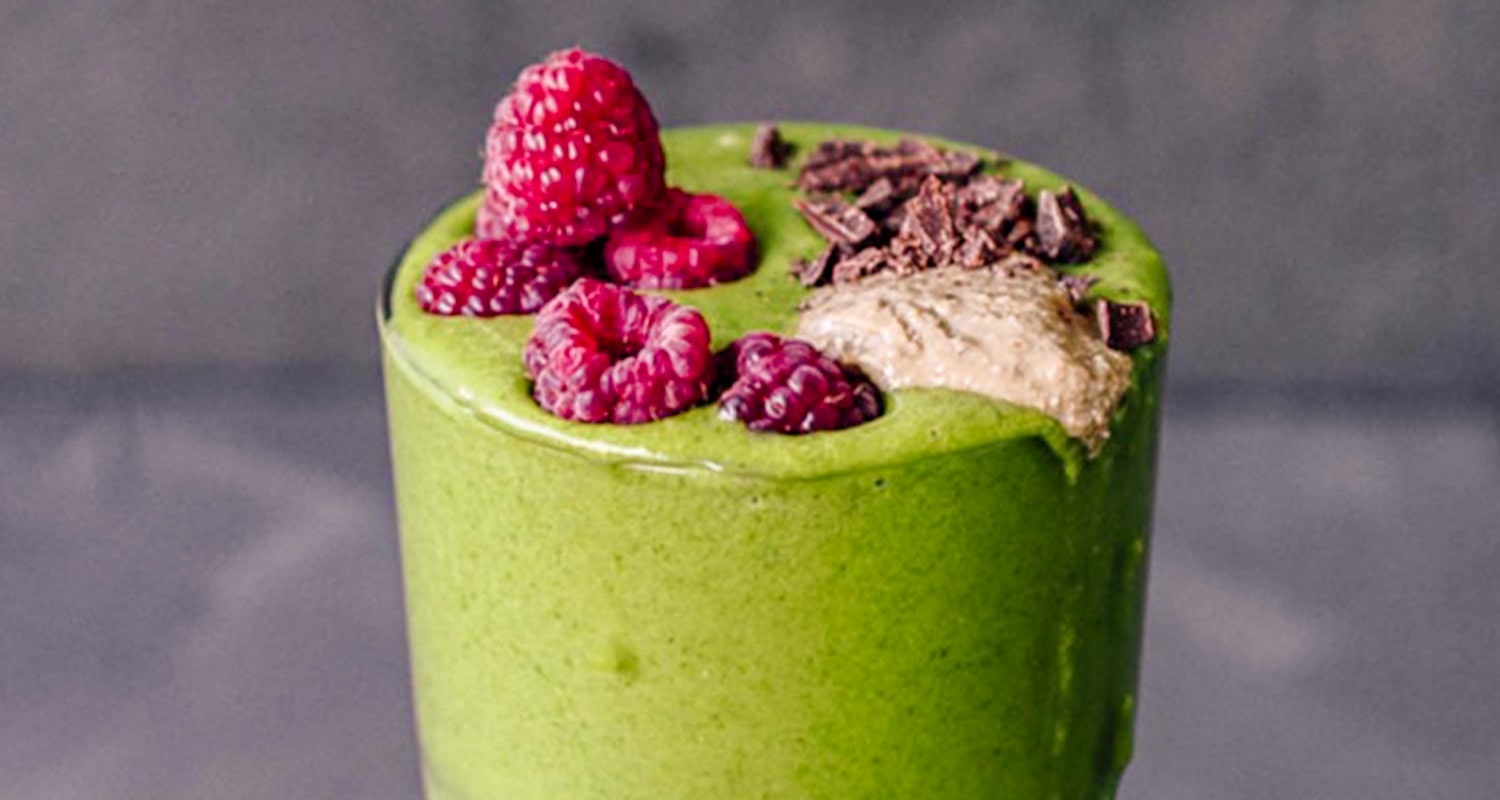
Avocado
Avocados are a heart-healthy source of healthy fats, fiber and carotenoids.[11]
They are also fully loaded with potassium. One avocado without skin and seed contains 690 mg of potassium, about 15% of the DV.[12] Since versatility is one of this superfood’s superpowers, you can enjoy avocado in a plethora of ways, such as on toast with a poached egg, whipped into guacamole with homemade tortilla chips or in a protein smoothie. We’ve compiled a list of 30 delicious and easy avocado recipes to inspire your next potassium-rich meal.
Honeydew melon
Honeydew is a fruit from the melon species family Cucumis melo. Each bite is ripe with numerous vitamins and nutrients, such as vitamin C, B6 and K, folate and magnesium.
Potassium is another part of its diverse nutritional profile. One cup (177 grams) is 12% of the DV of potassium.[13] Ready to be served sweet or savory, honeydew melon provides ample opportunities to get creative in the kitchen.
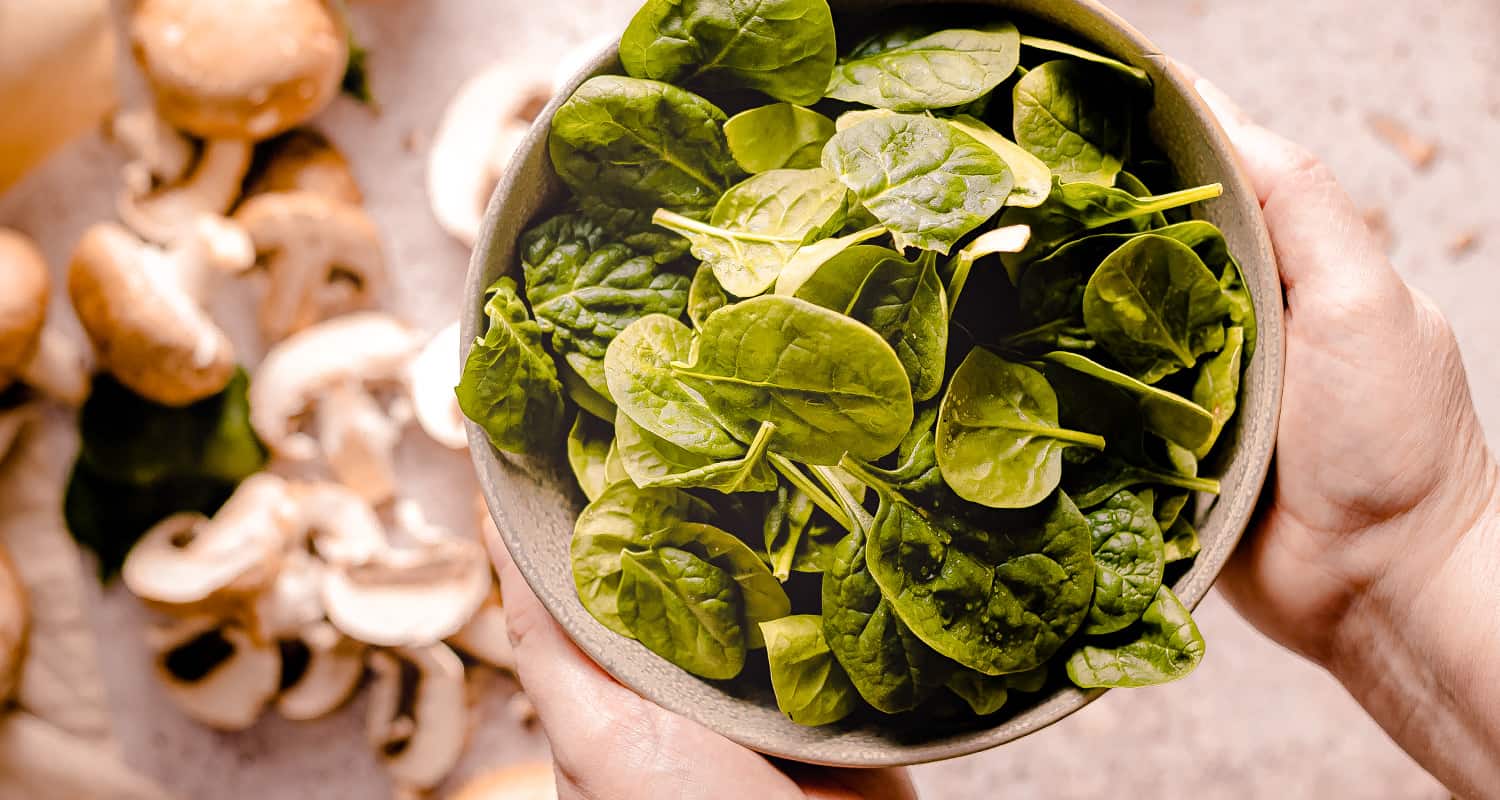
Spinach
Spinach is high in nutrients and antioxidants, such as vitamin A, vitamin K, iron and folate. Eating spinach may help support healthy blood pressure, thanks in part to its high potassium content. Spinach empanadas make a delicious snack and easy way to get the benefits of this nutrient-dense food.
A cup of cooked spinach contains 839 mg, while 100 grams of raw spinach contains 466 mg, roughly 11% of the DV.[14]
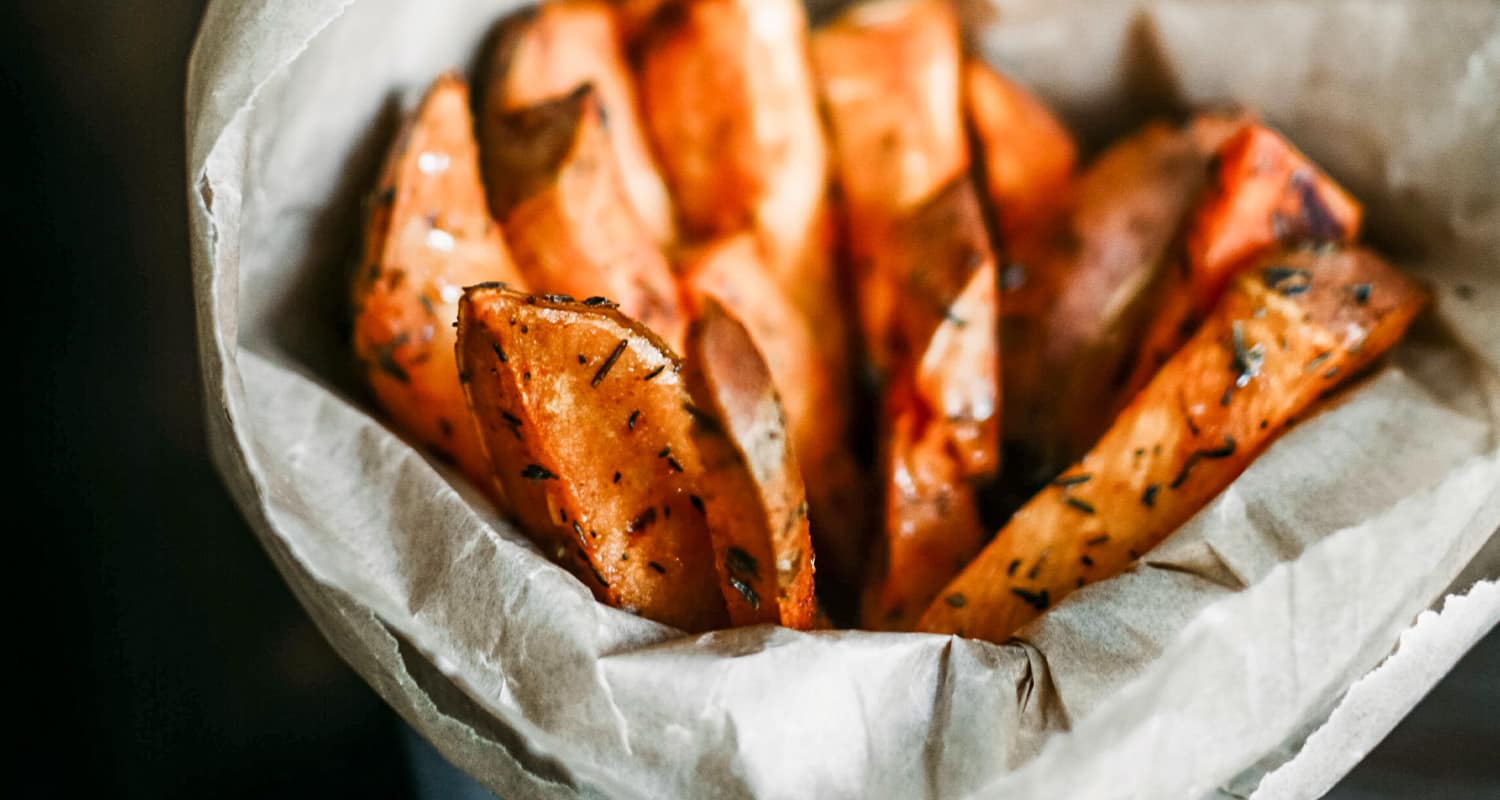
Sweet Potatoes
Sweet potato has already won people over for being a healthier alternative to white potatoes. Another sweet benefit? The high potassium content. One medium-sized sweet potato contains 438 mg of potassium.[15] In comparison, a white potato offers 407 mg.[16]
Sweet potato may be known as a humble side dish, but it’s just bursting with main course energy. Try adding some shredded barbecue chicken and beans on top of a baked sweet potato or spiralize it to create paleo sweet potato noodles, a healthier substitute for pasta. While you’re spiralizing veggies, try zucchini, another potassium-rich food. It contains 261 mg per 100 grams. Get cooking on these delicious recipes with zucchini.
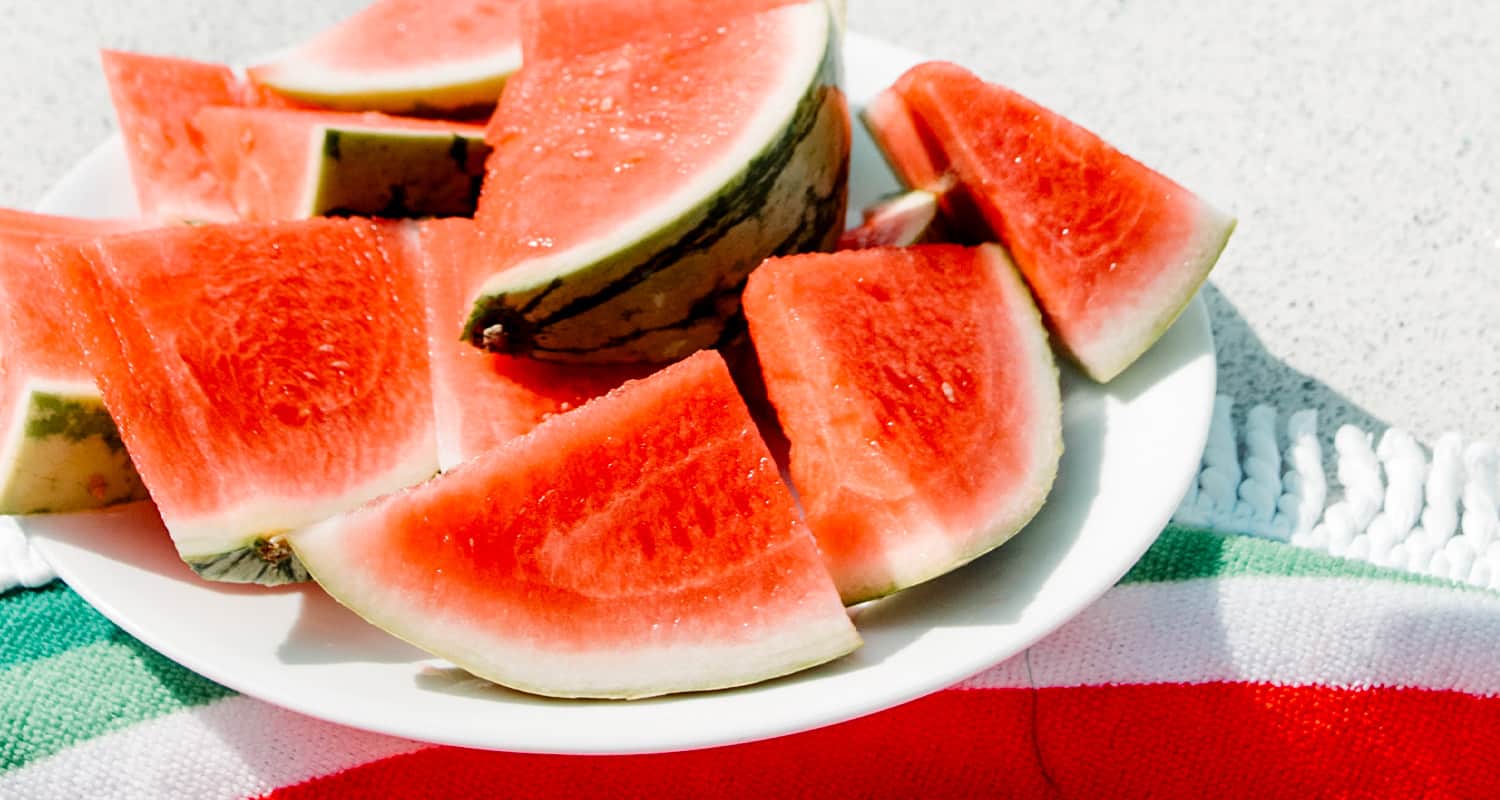
Watermelon
Any day of the year can feel like summertime with this bright red fruit. Watermelon is a tasty treat that contains several key vitamins and nutrients, such as vitamin C, vitamin A and lycopene. These help to combat the free radicals that damage cells. [17][18]
Watermelon is one of the highest potassium foods. Two wedges contain a whopping 640 mg of potassium.[19] This is about 14% DV and since watermelon is 92% water, you can eat less and get fuller faster.
Nosh on watermelon as a snack, cold press into a juice or pair it with another vibrant fruit, like cherries (read more about the benefits of cherries).
Apricots
Several dried fruits are loaded with potassium, including apricots. This chewy, bright orange fruit contains a respectable 22% DV of potassium in ½ cup of dried apricots.[20] And unlike fresh apricots, they have a longer shelf life.
Since bananas are high in carbohydrates (1 medium-sized banana contains 27 grams of carbs),[21] apricots are a good fruit alternative to getting enough potassium per day. Carry a bag of dried apricots with you on busy days for when you need a healthy snack or use as a garnish on hot cereals and oatmeal.
Potassium is an essential nutrient that the body needs to run smoothly. Potassium lowers blood pressure, stabilizes blood sugar and helps the kidneys’ function. Foods high in potassium include bananas, avocados, sweet potatoes and watermelon.
If eating potassium foods is difficult, you can also obtain the DV of potassium through diet and supplements. However, only take potassium supplements if your doctor prescribes them.[22]
Join the Bulletproof Revolution
Sign up for early access to sales, product launches, the latest Bulletproof news and more!







